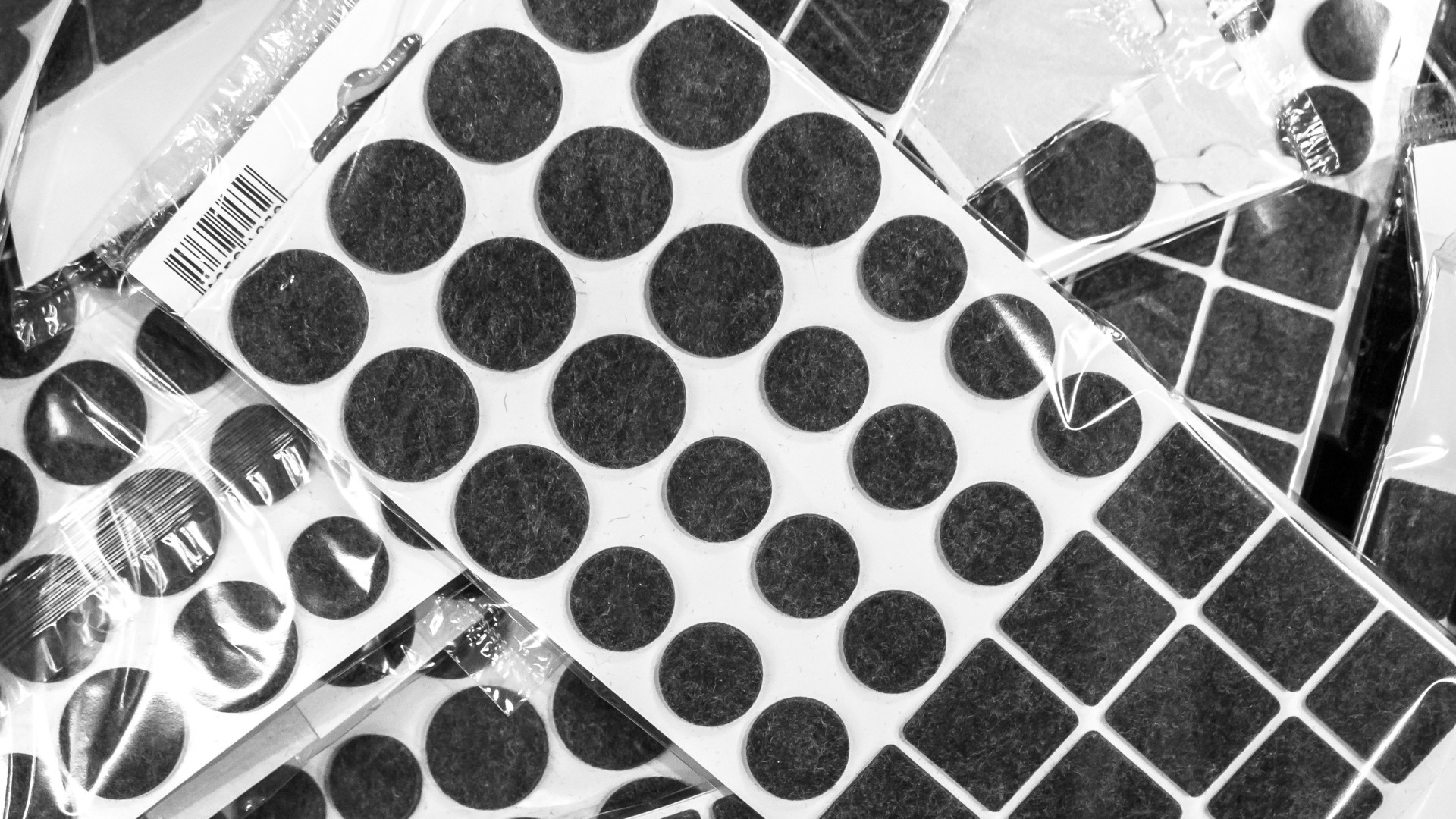

Articles
What Is A Furniture Pad
Modified: September 2, 2024
Looking for furniture pads? Discover what furniture pads are and how they can protect your furniture from scratches and damage. Order yours today!
(Many of the links in this article redirect to a specific reviewed product. Your purchase of these products through affiliate links helps to generate commission for Storables.com, at no extra cost. Learn more)
Introduction
When it comes to protecting your furniture and ensuring its longevity, one item that often gets overlooked is the furniture pad. Furniture pads, also known as moving pads or felt pads, are an essential accessory for anyone looking to safeguard their valuable pieces of furniture. Whether you are moving to a new house, rearranging your living space, or just want to prevent scratches and dents, furniture pads are a must-have investment.
So, what exactly is a furniture pad? Put simply, a furniture pad is a protective covering placed between your furniture and the floor or other surfaces. It acts as a barrier between these two elements, preventing direct contact and minimizing potential damage. Furniture pads are typically made from materials like felt, foam, or rubber, which provide a soft cushioning layer.
Now that we have established what furniture pads are, let’s delve into the different types you can choose from.
Key Takeaways:
- Protect your furniture and floors with furniture pads, such as felt, foam, rubber, adhesive, and slider pads, to prevent scratches, reduce noise, and facilitate easy movement.
- Choose the right furniture pad by considering factors like furniture type, flooring type, level of protection needed, durability, and ease of application. Proper installation and maintenance ensure maximum effectiveness.
Read more: What-Not Furniture
Definition of Furniture Pad
A furniture pad is a protective covering that is placed on furniture to prevent damage to both the furniture itself and the surface it comes into contact with. These pads act as a cushioning layer, reducing the risk of scratches, dents, and other forms of wear and tear.
Furniture pads come in various shapes, sizes, and materials to cater to different needs. The most common types of furniture pads include felt pads, foam pads, and rubber pads. Felt pads are made from fabric-like material and offer excellent protection against scratches and scuffs. Foam pads, on the other hand, provide a thicker cushioning effect and are more suitable for heavy furniture items. Rubber pads, known for their non-slip properties, are ideal for furniture that needs extra stability.
These pads are designed to be highly versatile, with options available for chairs, tables, sofas, cabinets, and more. They can be easily attached or placed under furniture legs, corners, or any other areas that come into contact with surfaces.
Not only do furniture pads offer protection to your furniture, but they also safeguard your floors. Whether you have hardwood, laminate, tile, or any other type of flooring, these pads act as a buffer, preventing scrapes, dings, and scuff marks caused by furniture movement.
Now that we have a basic understanding of what furniture pads are, let’s explore the different types in more detail.
Different Types of Furniture Pads
When it comes to furniture pads, there is a wide variety of options available to suit different furniture types, surfaces, and needs. Understanding the different types can help you choose the right one for your specific requirements. Let’s explore some of the most common types of furniture pads:
- Felt Pads: Felt pads are popular for their versatility and effectiveness in protecting a range of furniture items. They are made from a soft fabric-like material and come in various shapes, such as circles, squares, or strips. Felt pads offer excellent scratch and scuff resistance and are ideal for use on hardwood, laminate, and tile floors. They are easy to attach to furniture legs or corners and provide a smooth gliding effect when moving furniture.
- Foam Pads: Foam pads are thicker and denser than felt pads, providing extra cushioning for heavier or larger furniture items. They are commonly used for sofas, beds, and appliances. Foam pads offer optimal shock absorption and can help minimize noise and vibration. They are ideal for use on any type of flooring, including hardwood, carpet, and tile. Foam pads come in various sizes and can be easily trimmed to fit your furniture’s specific dimensions.
- Rubber Pads: Rubber pads are known for their non-slip properties, making them ideal for furniture that tends to slide or wobble. These pads provide stability and prevent furniture from skidding or scratching delicate surfaces. Rubber pads are commonly used for chairs, stools, and tables. They work well on all types of flooring and offer excellent grip. Rubber pads come in various shapes and sizes, including round, square, and rectangular.
- Adhesive Pads: Adhesive pads, also known as self-adhesive pads or stick-on pads, have an adhesive backing that allows them to be securely attached to furniture legs or the bottom of small items. They provide a protective layer and prevent furniture movement and scratching. Adhesive pads are available in different materials like felt, rubber, or foam, depending on the level of protection required.
- Slider Pads: Slider pads, also known as gliders or furniture sliders, are designed to facilitate smooth and effortless movement of furniture. These pads often have a smooth surface, usually made of plastic or a combination of materials, that allows furniture to glide easily across floors without causing damage. Slider pads are particularly useful when rearranging furniture or moving heavy items.
Each type of furniture pad offers its own set of advantages, so it’s important to evaluate your specific needs and the type of furniture you have before selecting the appropriate pad. Next, let’s explore the benefits of using furniture pads.
Benefits of Using Furniture Pads
Using furniture pads can offer several benefits that not only prolong the lifespan of your furniture but also protect your floors and surfaces. Let’s take a look at some of the key advantages of using furniture pads:
- Prevents Scratches and Scuffs: One of the primary benefits of furniture pads is their ability to prevent scratches and scuffs on both furniture and floors. The soft cushioning provided by pads like felt or foam creates a protective barrier, reducing the direct contact between furniture and surfaces. This minimizes the risk of unsightly marks caused by friction or movement.
- Reduces Noise and Vibration: Furniture pads, especially foam pads, have excellent shock absorption properties. They help reduce noise and vibration caused by moving furniture, making your home quieter and more peaceful. This is particularly useful if you have hardwood or laminate flooring, where noise can be amplified.
- Prevents Sliding and Wobbling: Furniture pads, such as rubber pads, provide stability and prevent furniture from sliding or wobbling. This is particularly important for chairs, stools, or tables that are frequently used and prone to movement. By keeping furniture in place, pads also help prevent accidents and potential injuries.
- Preserves Flooring: Using furniture pads not only protects your furniture but also preserves the quality of your flooring. Whether you have hardwood, laminate, tile, or carpet, furniture can cause scratches, dents, or discoloration. Pads act as a barrier, preventing direct contact and minimizing damage, ensuring your floors remain in excellent condition for years to come.
- Facilitates Easy Movement: Furniture pads like slider pads or gliders make it easy to move furniture without exerting excessive force or causing strain on your back. These pads reduce friction, allowing furniture to glide smoothly across floors. Whether you’re rearranging your living space or cleaning, furniture pads make the process effortless and hassle-free.
- Cost-Effective Solution: Investing in furniture pads is a cost-effective solution compared to the potential costs of repairing or replacing damaged furniture or flooring. By using these pads, you are proactively preventing damage and extending the lifespan of your furniture, saving you money in the long run.
With all these benefits, it’s clear that furniture pads are a valuable accessory for anyone looking to protect their furniture and maintain the integrity of their floors. However, it’s important to choose the right furniture pad for your specific needs. Let’s explore some tips for selecting the appropriate pad.
When using furniture pads, make sure to choose the right size and thickness for your furniture to provide adequate protection against scratches and dents. Additionally, consider using adhesive pads to prevent sliding.
How to Choose the Right Furniture Pad
Choosing the right furniture pad is crucial to ensure optimal protection for your furniture and surfaces. With the wide range of options available, it’s important to consider a few factors before making your selection. Here are some tips to help you choose the right furniture pad:
- Consider the Furniture Type: Different furniture pieces require different types of pads. For example, chairs and tables may benefit from rubber pads that provide stability, while heavier items like sofas or appliances may need thicker foam pads for added cushioning. Consider the weight, size, and shape of your furniture when selecting the appropriate pad.
- Assess the Flooring Type: Your flooring type is another important factor to consider. If you have hardwood or laminate floors, felt pads are an excellent choice as they offer superior scratch and scuff resistance. For carpeted areas, rubber pads with non-slip properties can help prevent furniture from shifting or sliding. Assess your flooring material and choose a pad that is compatible and protective.
- Determine the Level of Protection Needed: Evaluate the level of protection required for your furniture and surfaces. If you have antique or delicate furniture that requires extra care, opt for thicker and more cushioned pads like foam pads. However, if you’re primarily concerned with preventing sliding or scratching, rubber or adhesive pads may be sufficient.
- Consider Durability: Look for furniture pads that are durable and long-lasting. Check the material quality and ensure that the pads can withstand the weight and use of your furniture. High-quality pads will provide reliable protection for an extended period and save you from frequent replacements.
- Ease of Application: Consider the ease of application when choosing furniture pads. Self-adhesive pads or stick-on pads are convenient options as they can be easily attached to furniture legs or corners. Slider pads should also be easy to place or remove to facilitate smooth movement.
- Read Reviews and Recommendations: Before making a purchase, read reviews and recommendations from other customers. Look for feedback on the effectiveness, durability, and compatibility of the pads. This can provide valuable insights and help you make an informed decision.
By considering these factors, you can choose the right furniture pad that meets your specific needs and provides the desired level of protection for your furniture and surfaces.
Once you have chosen the appropriate furniture pad, it’s essential to use them effectively to reap their full benefits. Let’s explore some tips for using furniture pads effectively.
Read more: What Does A Mattress Pad Do
Tips for Using Furniture Pads Effectively
Using furniture pads effectively requires proper installation and maintenance. Follow these tips to ensure maximum protection and longevity for your furniture and surfaces:
- Clean and Prepare Surfaces: Before applying furniture pads, make sure the surfaces are clean and free from debris or dirt. This will ensure a secure attachment and prevent any particles from scratching or damaging the pads or furniture.
- Choose the Right Size and Shape: Ensure that the furniture pads you select are the appropriate size and shape for your furniture legs or corners. Pads that are too small may not provide adequate protection, while those that are too large may be unstable. Measure the dimensions accurately and trim the pads if necessary.
- Attach Pads Correctly: Follow the instructions provided with the furniture pads to attach them correctly. For adhesive pads, remove the backing and firmly press the pad onto the desired area. Make sure the pad is securely attached and does not easily peel off. For other types of pads like felt or rubber, ensure they are properly positioned beneath the furniture legs or corners.
- Regularly Inspect and Replace: Periodically check the condition of your furniture pads and replace them if they show signs of wear and tear. Over time and with heavy use, pads may flatten or lose their effectiveness. Replace worn-out pads to ensure continuous protection.
- Regular Cleaning: Clean your furniture pads regularly to remove dust, dirt, or any residues that may accumulate. Follow the manufacturer’s instructions for cleaning the specific type of pads you have. This will help maintain their performance and prevent any build-up that could potentially scratch the furniture or surfaces.
- Reposition Pads as Needed: Occasionally, check if the furniture pads are properly positioned and adjust them if needed. Furniture may shift or settle over time, and the pads may need repositioning to maintain optimal protection.
- Use Additional Protection: While furniture pads provide a great level of protection, you can further safeguard your furniture and surfaces by using additional protective measures. For example, you can place a tablecloth or runner on a wooden table to protect it from spills or direct heat.
- Remove Pads with Caution: If you decide to remove the furniture pads, do so with caution. Carefully peel off adhesive pads, ensuring that they do not damage the furniture or leave any adhesive residue. For other types of pads, gently lift them off the surface and clean any remaining residue, if necessary.
By following these tips, you can ensure that your furniture pads are properly installed and maintained, providing effective protection for your furniture and surfaces.
To conclude, furniture pads are a valuable investment for anyone looking to protect their furniture, prevent damage to their surfaces, and extend the lifespan of their belongings. With their wide range of options, including felt pads, foam pads, rubber pads, and more, you can choose the right pads to suit your specific needs and preferences. By properly selecting and using furniture pads, you can enjoy the peace of mind that your furniture is well-protected and your floors remain in excellent condition for years to come.
Conclusion
Furniture pads are often an overlooked accessory, but they play a crucial role in protecting your furniture and surfaces. With various types of pads available, such as felt, foam, rubber, adhesive, and slider pads, you can choose the one that suits your specific needs and preferences.
The benefits of using furniture pads are numerous. They prevent scratches and scuffs, reduce noise and vibration, prevent sliding and wobbling, preserve your flooring, facilitate easy movement, and offer a cost-effective solution. By using furniture pads, you can extend the lifespan of your furniture, maintain the quality of your floors, and save money on potential repairs or replacements.
When choosing the right furniture pad, consider factors such as the furniture type, flooring type, level of protection needed, durability, ease of application, and customer reviews. Ensuring a proper fit and attachment will help maximize the effectiveness of the pads.
To use furniture pads effectively, clean and prepare the surfaces, choose the right size and shape, attach the pads correctly, regularly inspect and replace worn-out pads, clean the pads, reposition them as needed, use additional protective measures, and remove the pads with caution when necessary.
In conclusion, furniture pads are an essential investment for anyone who wants to protect their furniture, floors, and surfaces. They provide cushioning, prevent damage, and offer peace of mind. By incorporating furniture pads into your home, you can enjoy the beauty and functionality of your furniture without worrying about scratches, dents, or unsightly marks.
So, take the necessary steps to protect your furniture, preserve your floors, and ensure the longevity of your beloved belongings by investing in high-quality furniture pads. Your furniture will thank you for it!
Frequently Asked Questions about What Is A Furniture Pad
Was this page helpful?
At Storables.com, we guarantee accurate and reliable information. Our content, validated by Expert Board Contributors, is crafted following stringent Editorial Policies. We're committed to providing you with well-researched, expert-backed insights for all your informational needs.
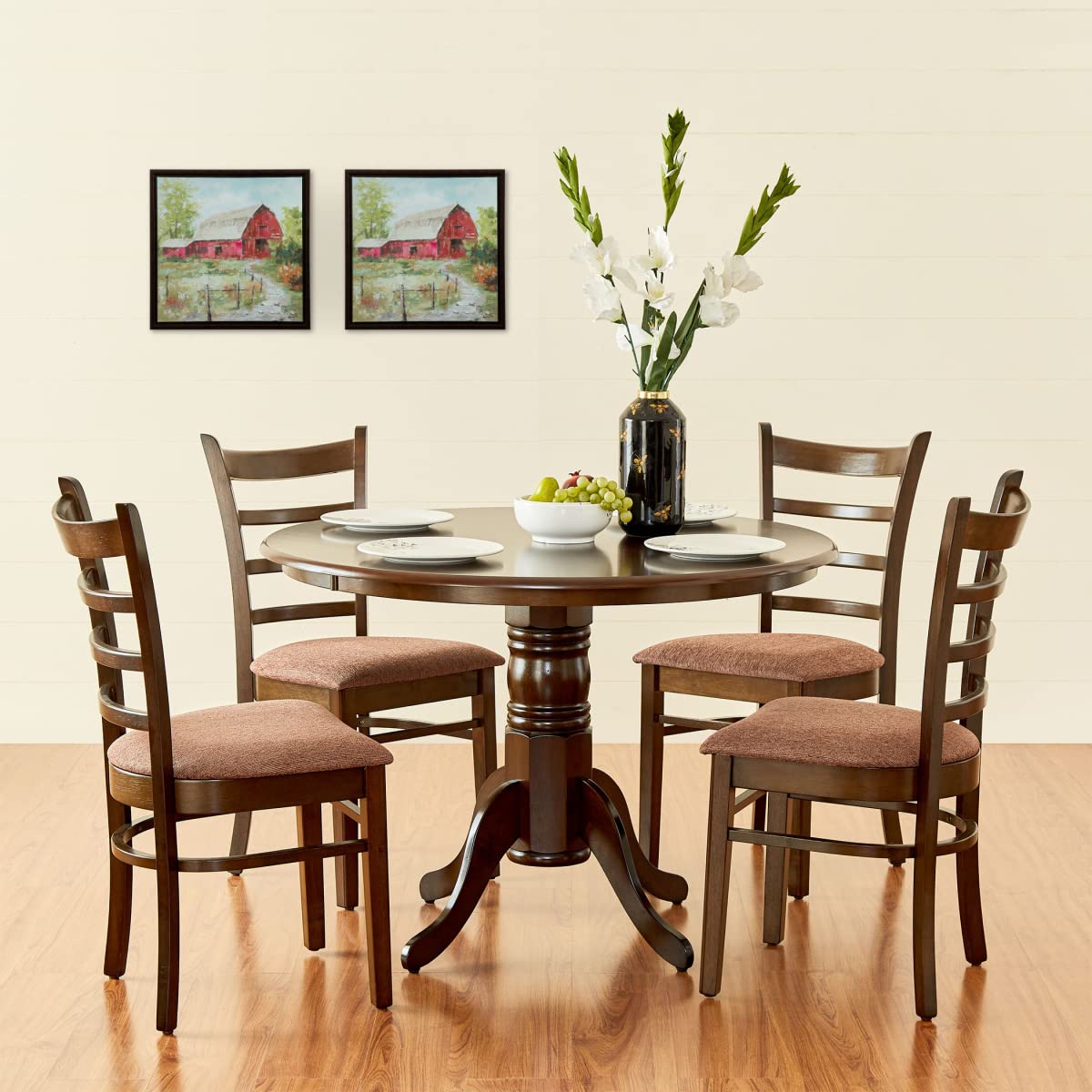
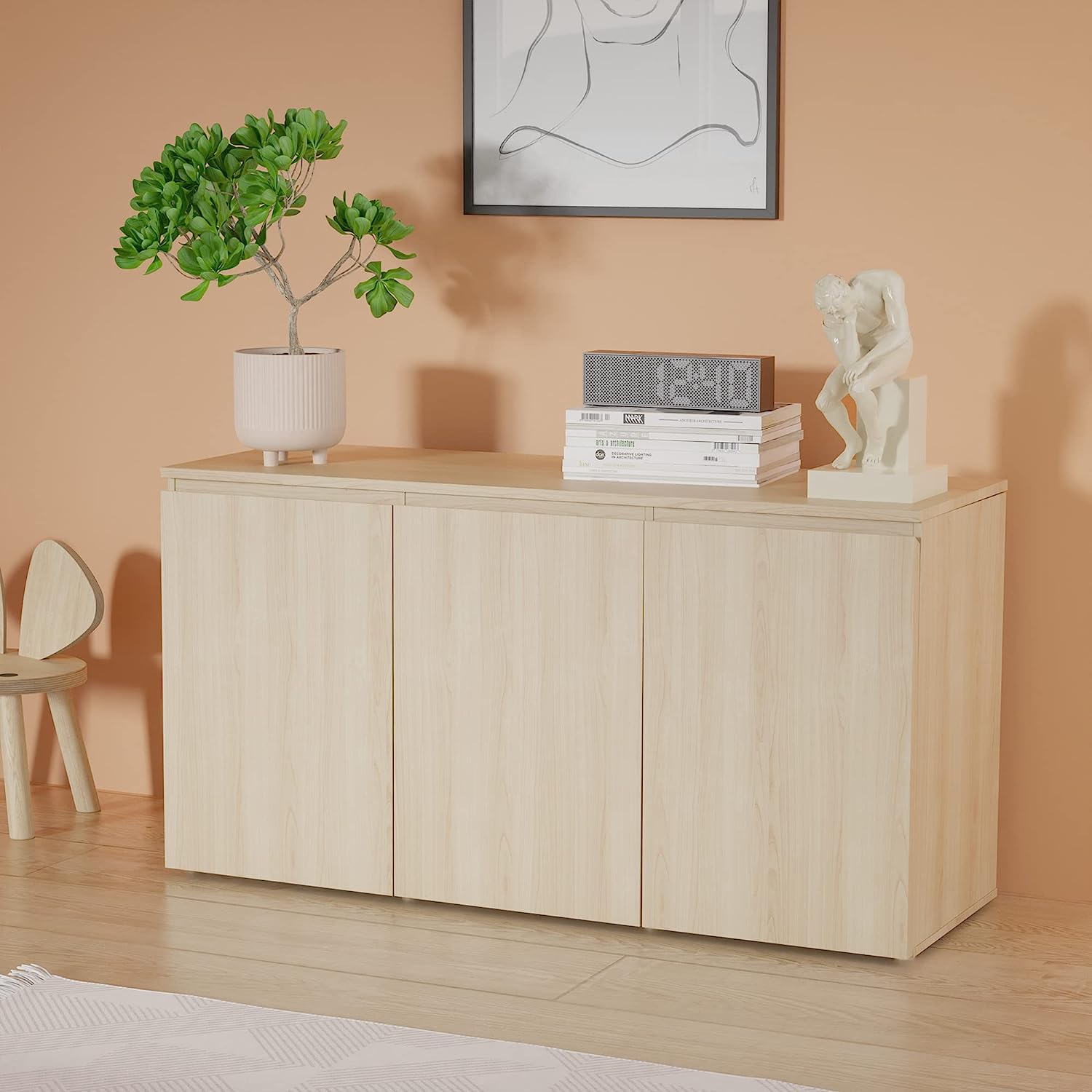
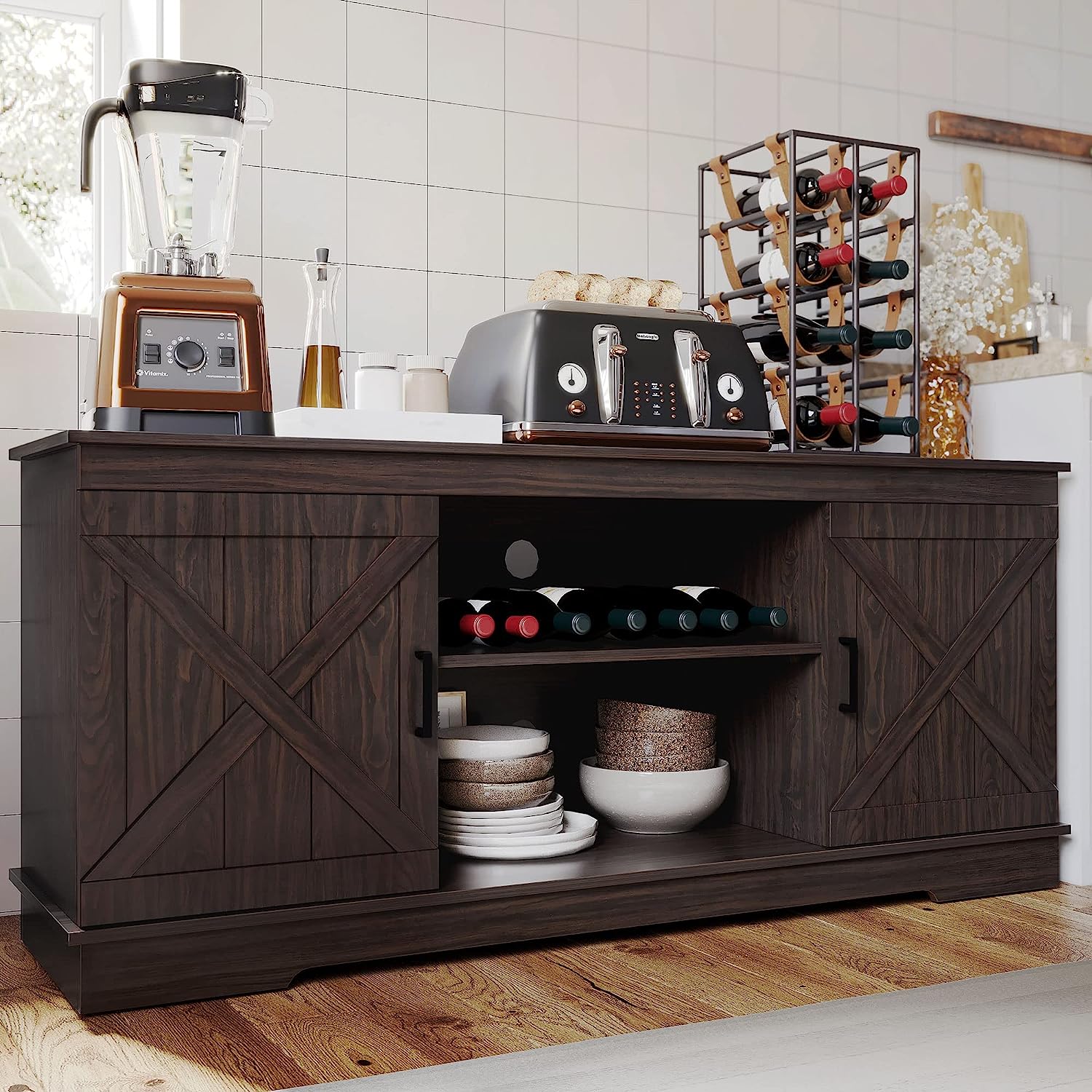
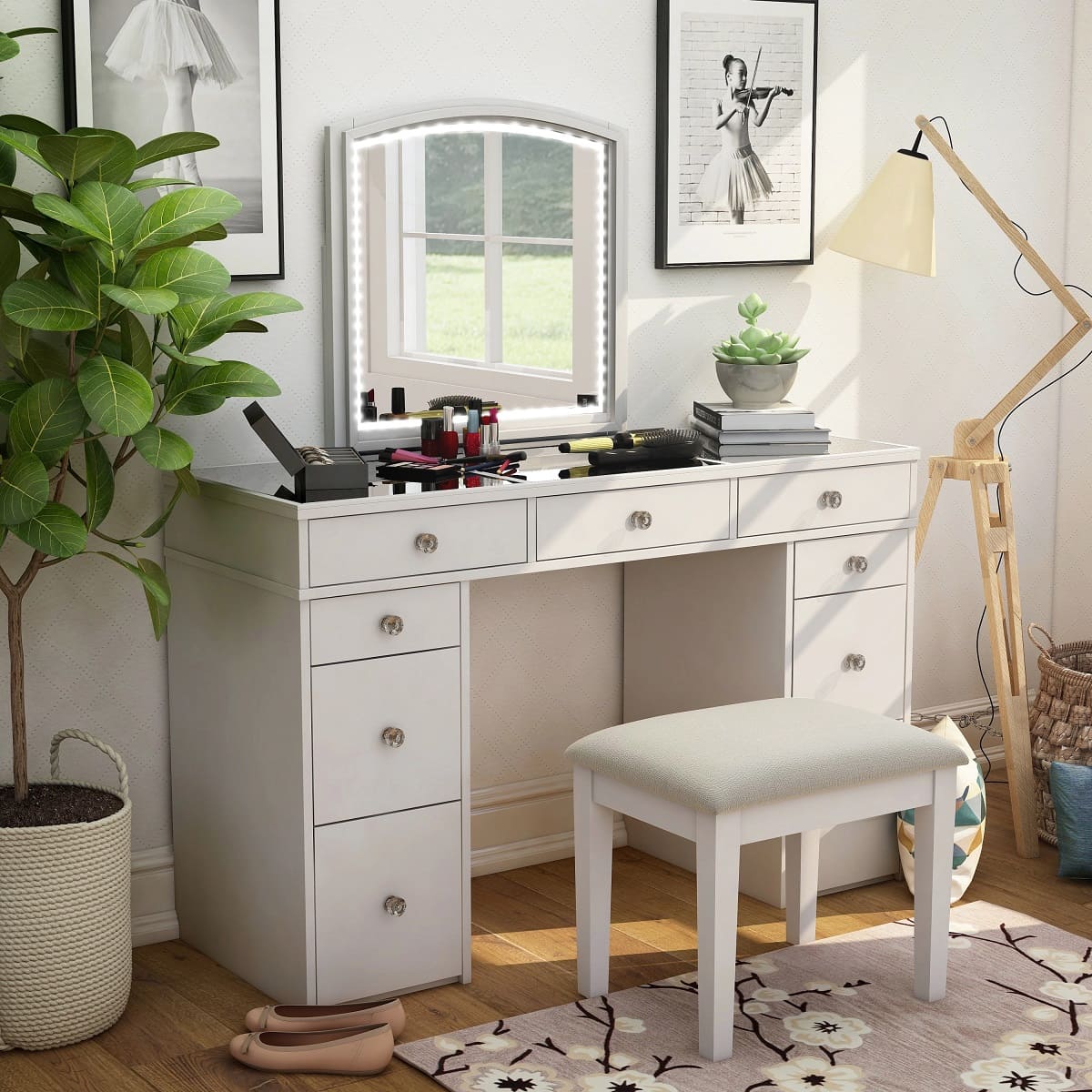
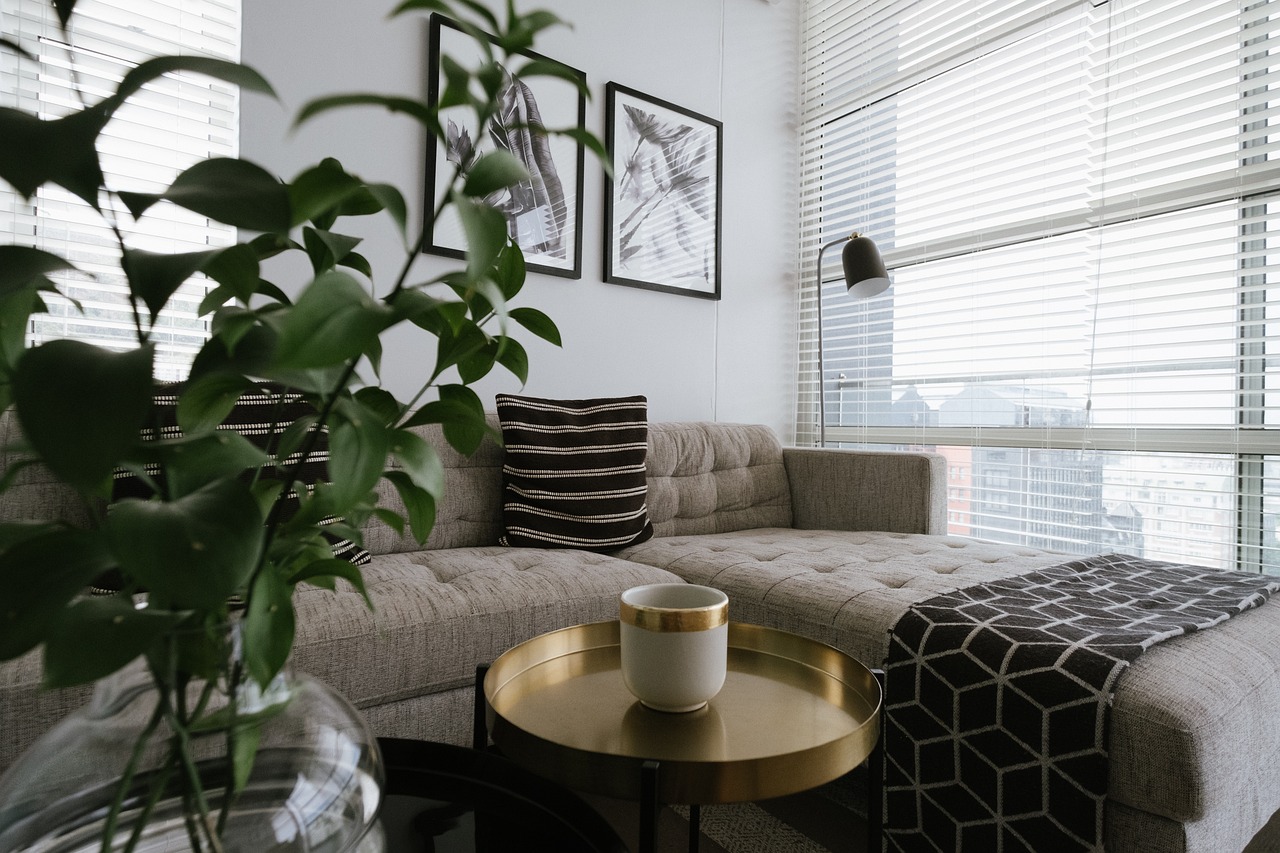
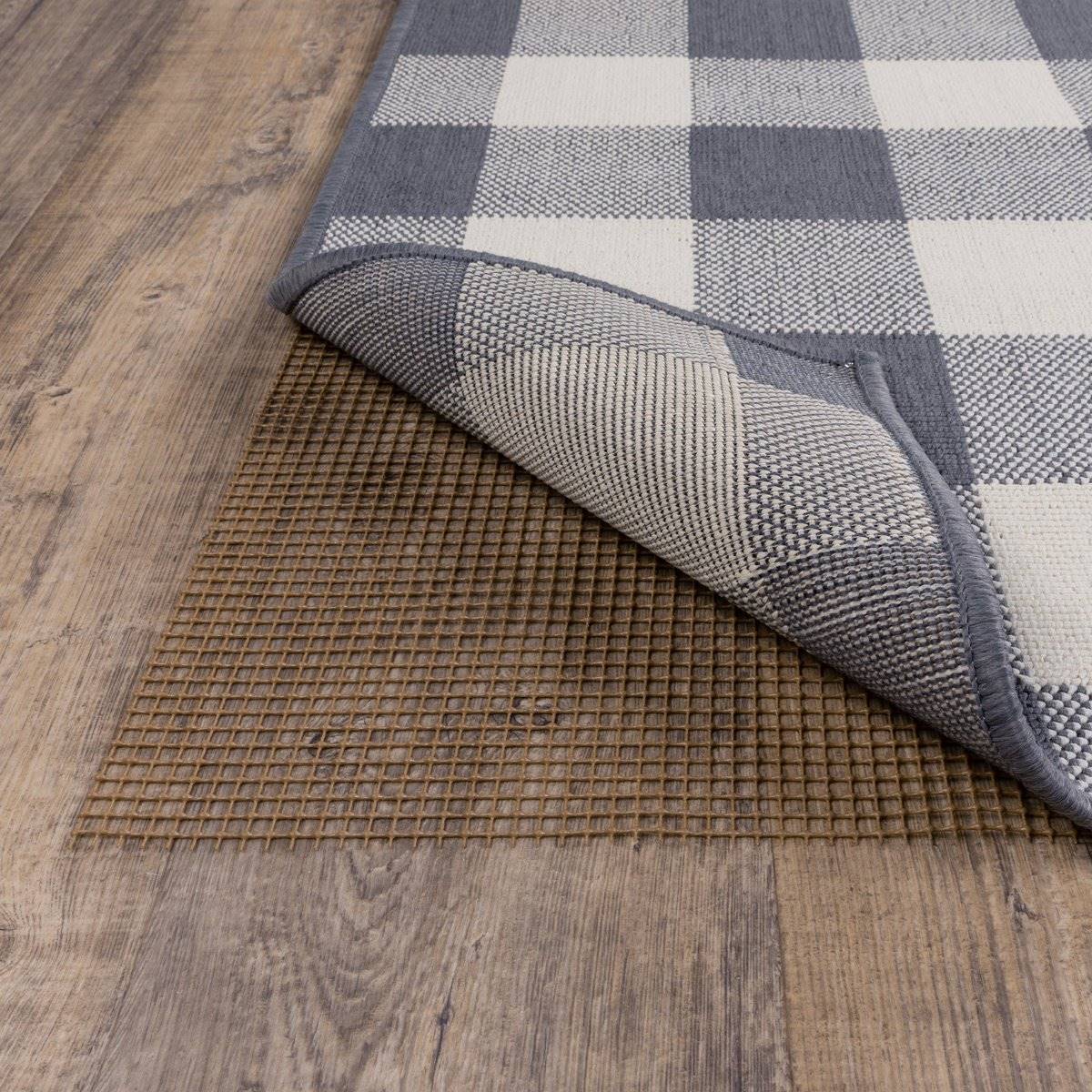
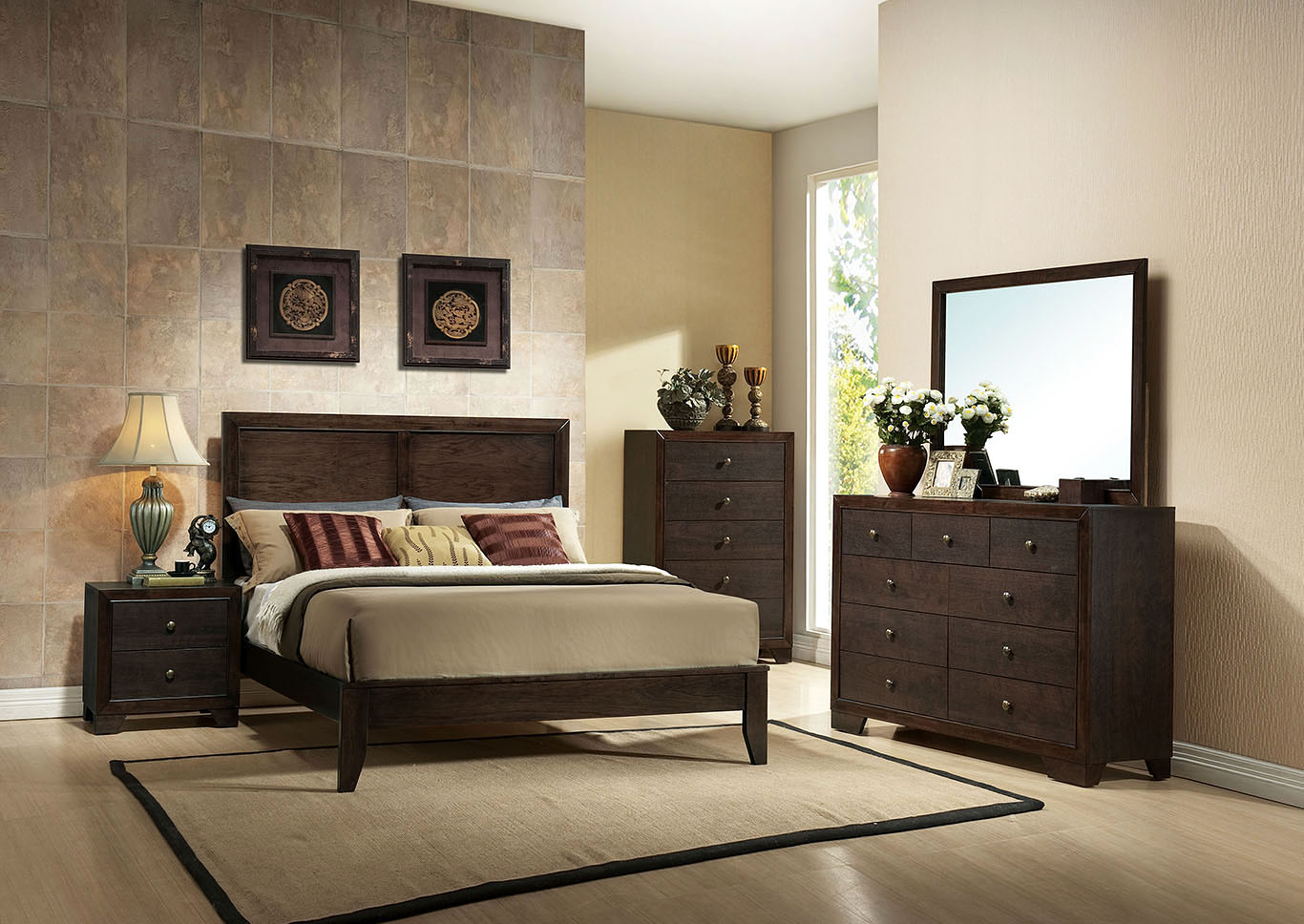
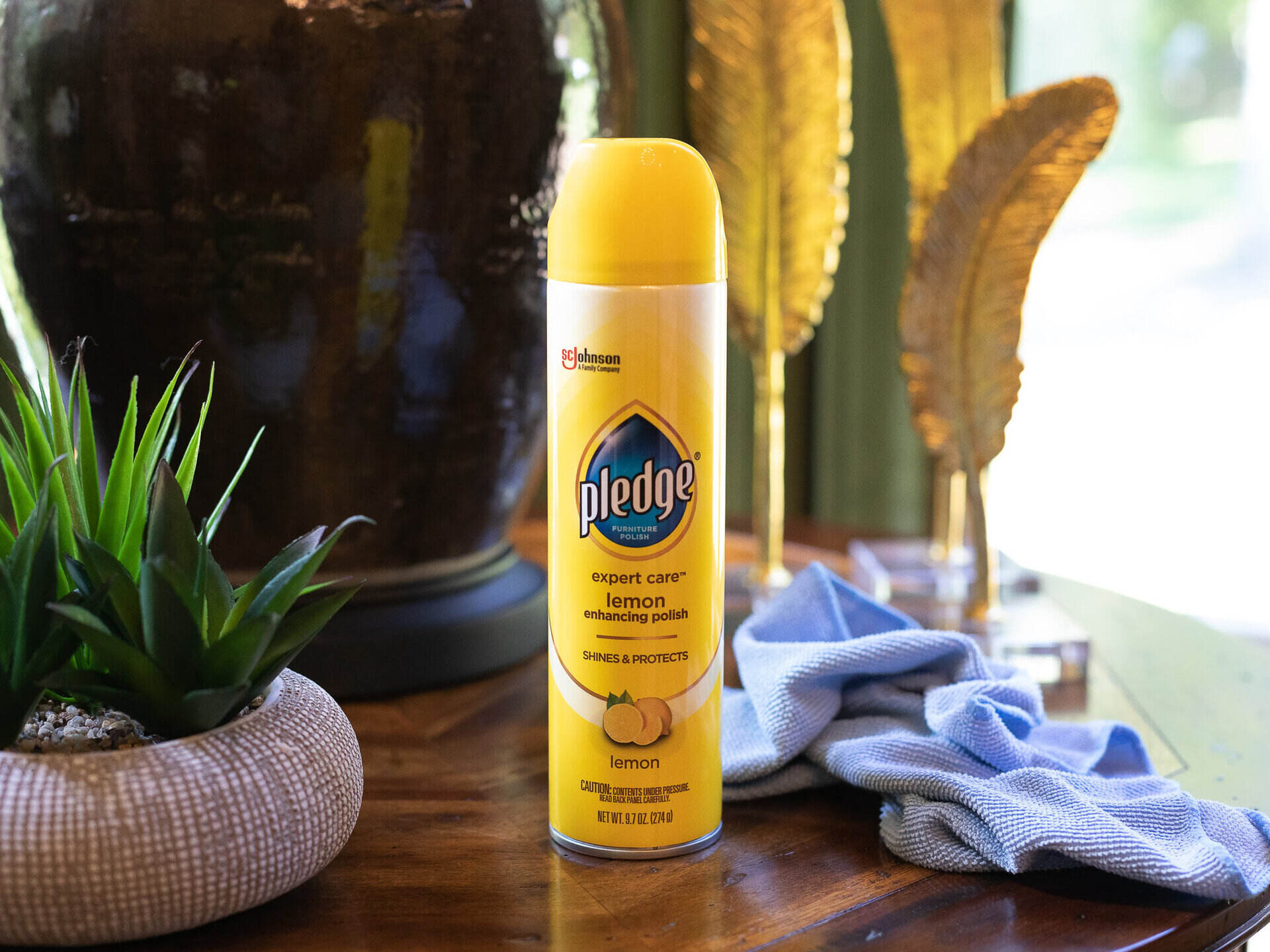
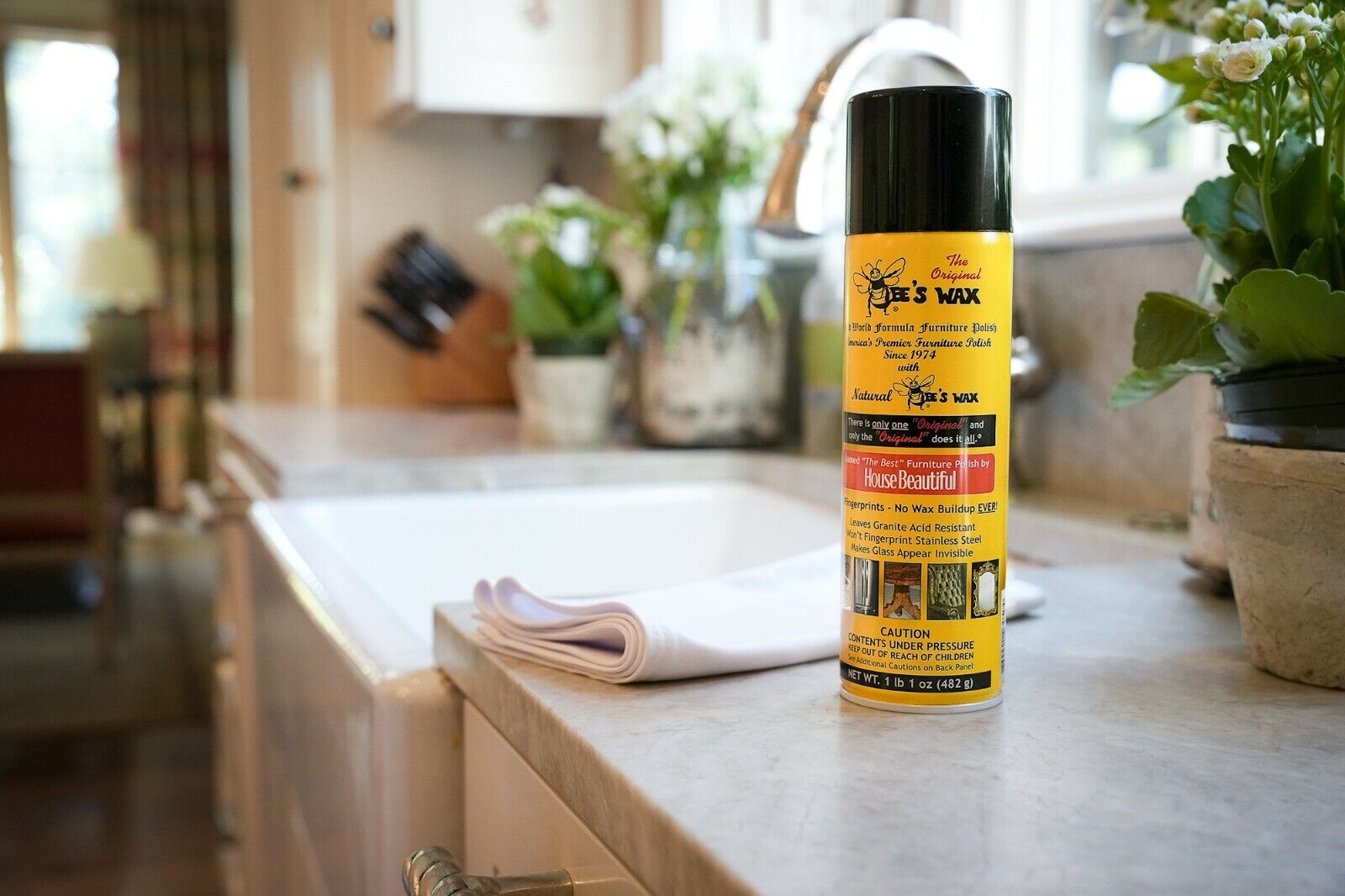

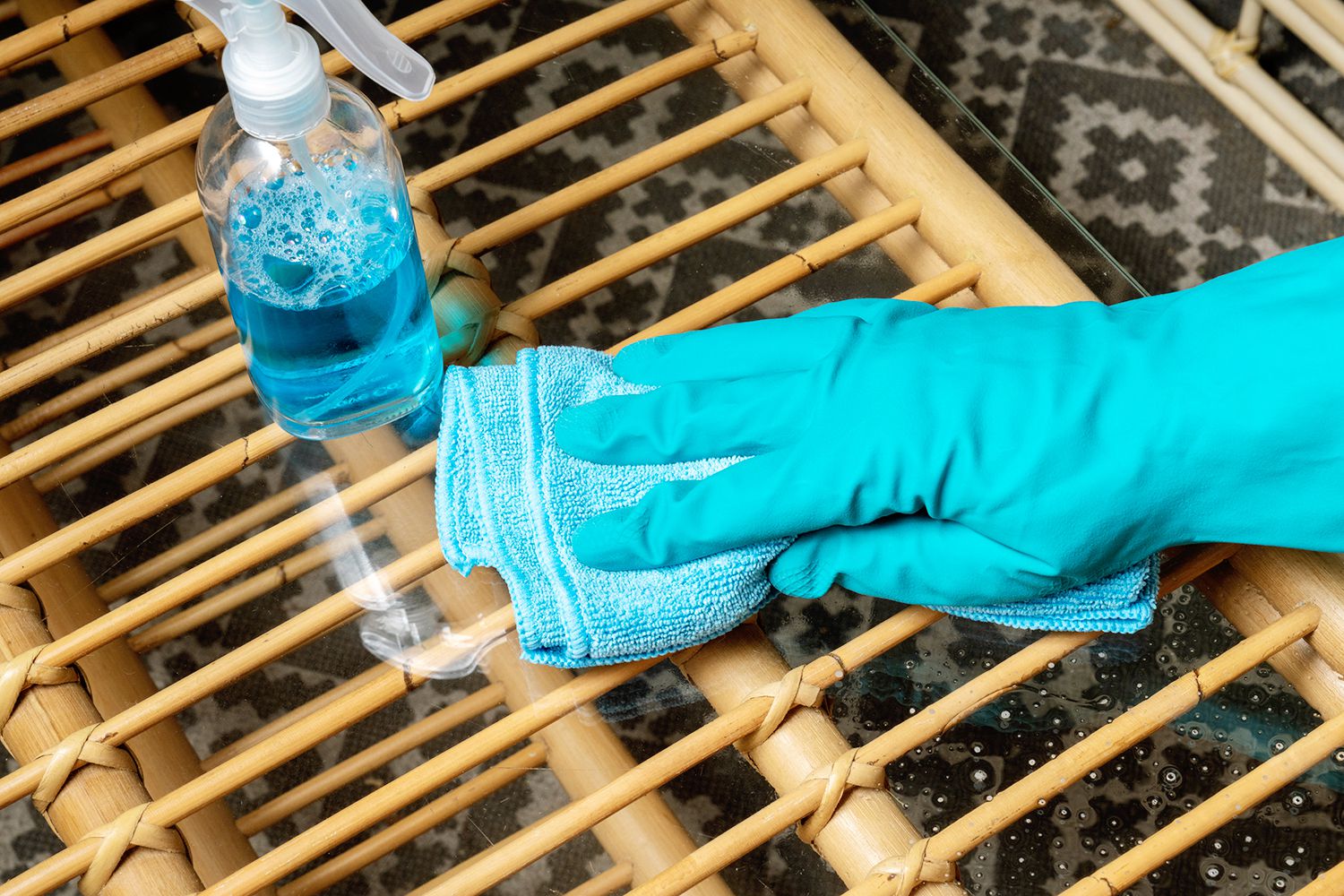
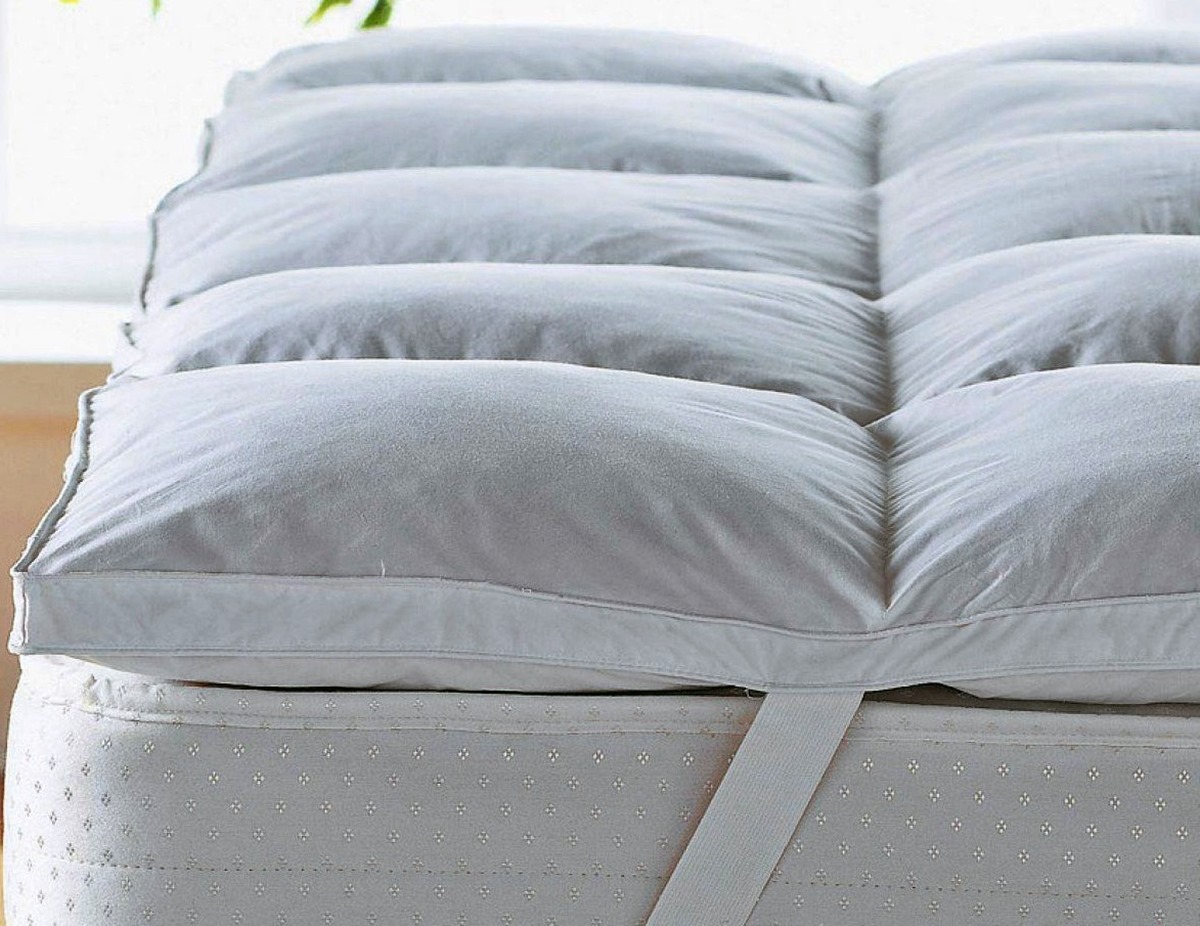
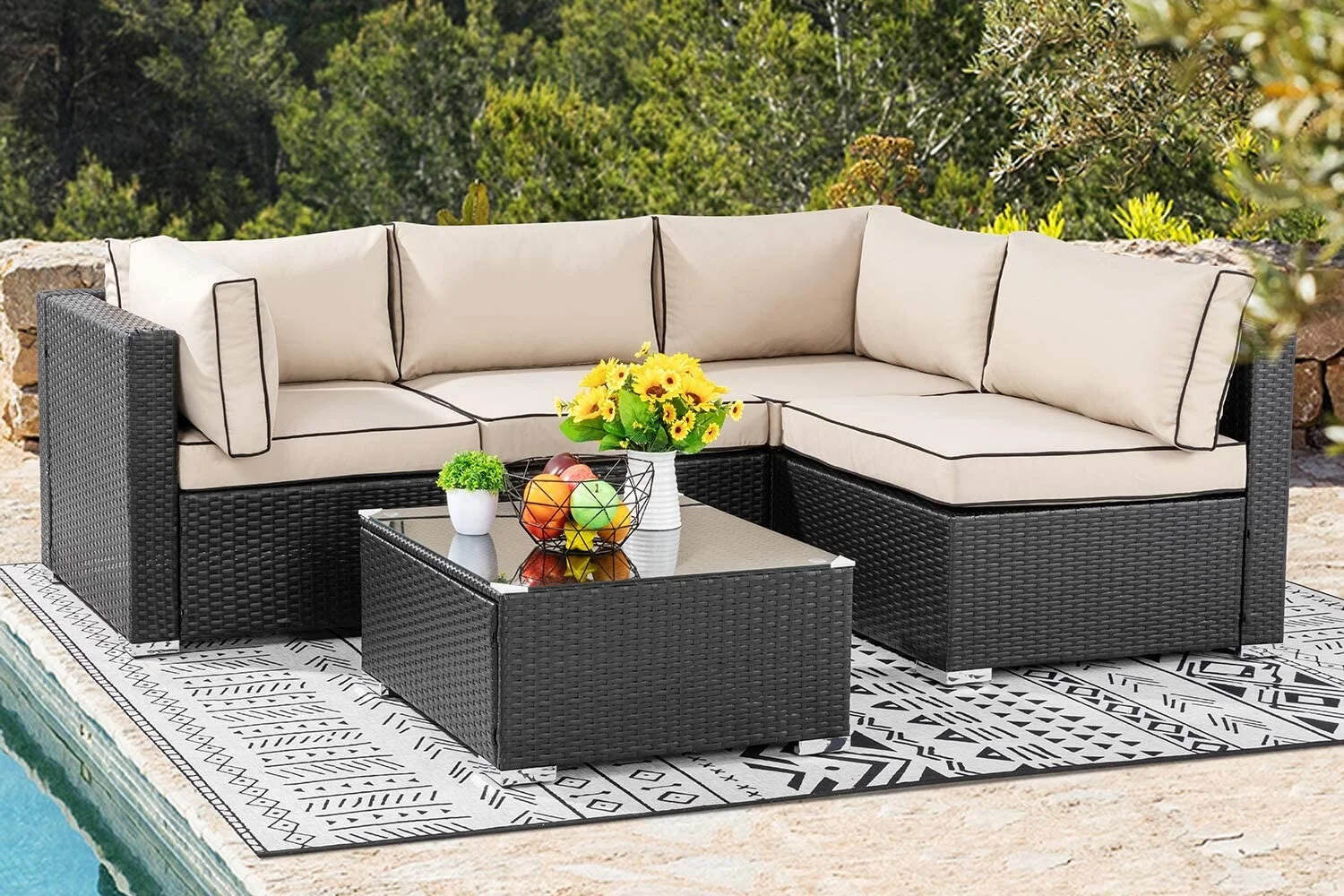
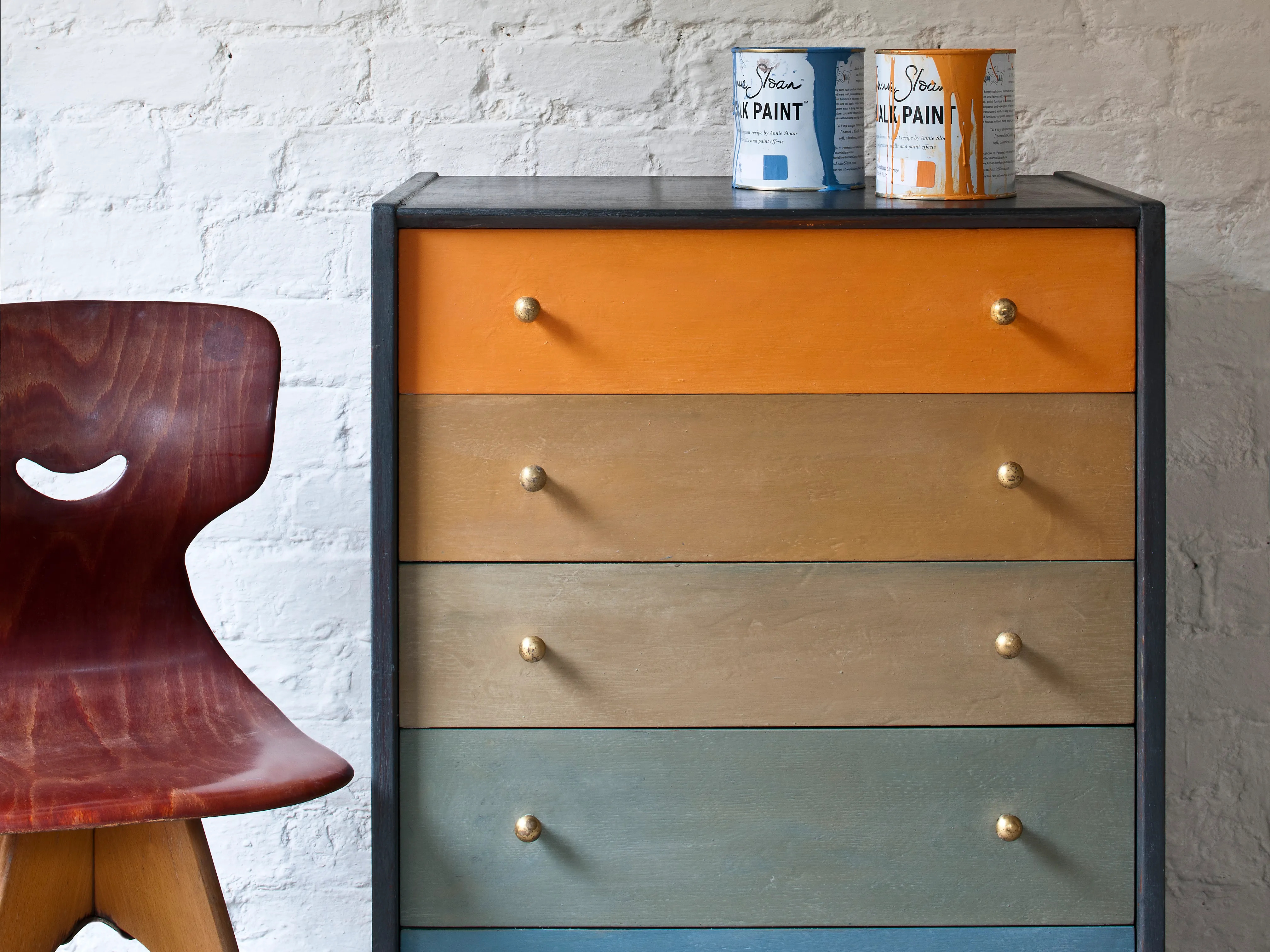

0 thoughts on “What Is A Furniture Pad”